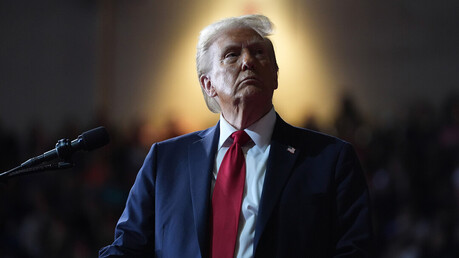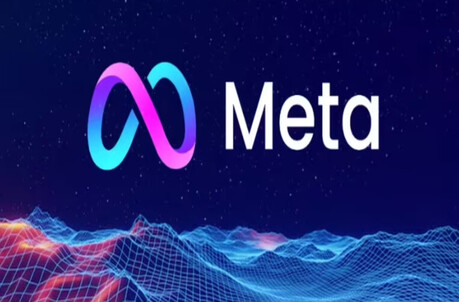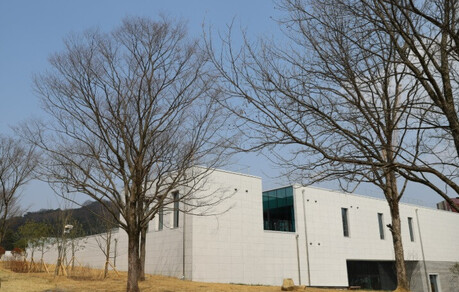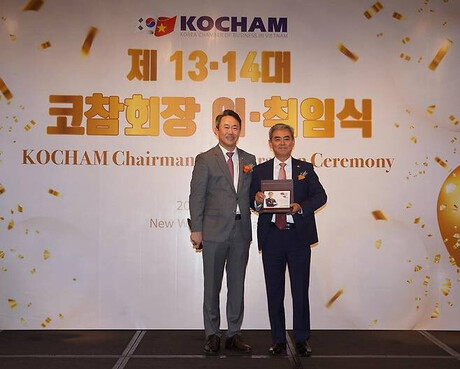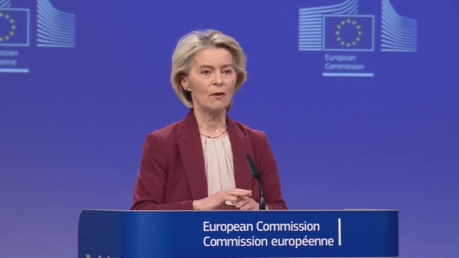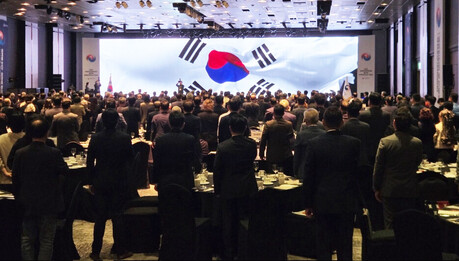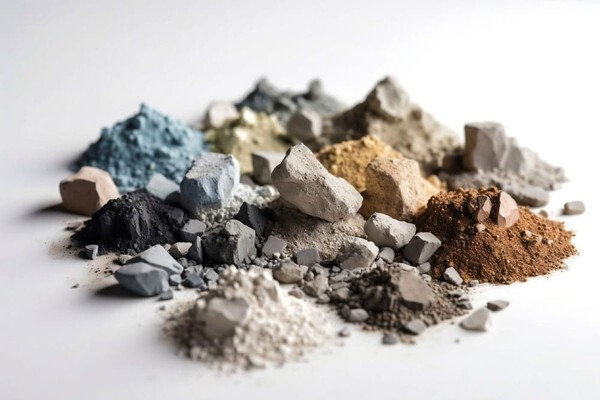
Beijing – As high-stakes diplomatic engagements loom, China appears to be leveraging its dominance in the critical rare earth mineral market to exert pressure on the United States. Multiple reports from Chinese state-affiliated media outlets are highlighting a dramatic surge in the prices of key heavy rare earth elements, particularly dysprosium and terbium, attributing the spike to tightened export controls. This strategic maneuver unfolds just days before a crucial meeting between top economic officials from both nations in Europe, fueling speculation that Beijing is deliberately seeking to gain leverage in upcoming discussions.
According to data cited by Chinese news sources from Argus Metals, a reputable international pricing agency for the metals and minerals industry, the European monthly assessment price for 99.5% dysprosium oxide has witnessed an unprecedented leap. In April, prices soared to a range of $700 to $1000 per kilogram, marking a staggering increase of up to threefold compared to the $250 to $310 per kilogram range observed in the preceding month.
Dysprosium holds immense strategic importance due to its unique ability to significantly enhance the performance of permanent magnets. These high-strength magnets are indispensable components in a wide array of advanced technologies, including electric vehicles (EVs), wind turbines, and sophisticated military hardware. China's near-monopoly on global dysprosium production, estimated at over 90%, coupled with the fact that a significant portion of the remaining output originates from Russia, positions Beijing with considerable control over the global supply chain and pricing dynamics of this crucial element.
The price trajectory of terbium oxide, another vital ingredient in the production of high-performance permanent magnets, mirrors the dramatic ascent of dysprosium. Reports indicate that the asking price for 99.99% purity terbium oxide in Europe has ballooned from an early April range of $930 to $1000 per kilogram to a recent high of $2000 to $4000 per kilogram – a staggering quadrupling in value within a short period.
These heavy rare earth elements, dysprosium and terbium, are not merely industrial commodities; they are foundational materials for cutting-edge defense technologies. Their unique magnetic properties make them essential for the development of high-performance weapon systems, including the radar systems of stealth fighter jets and other advanced military applications. Even the United States, despite its efforts to diversify its rare earth sourcing, reportedly relies on the highest purity Chinese-origin materials for critical components in its most advanced weaponry. Beyond military applications, terbium finds use in display phosphors for screens and in data storage devices, while dysprosium is a critical component in the powerful magnets used in wind turbines, vital for the global transition towards renewable energy.
The reported price surges for both dysprosium and terbium represent historic highs since Argus Metals began its price assessments for these specific elements in 2015. This unprecedented spike underscores the potential impact of China's recent policy decisions on the global rare earth market.
A senior analyst from Argus's non-ferrous metals team, speaking to Chinese media outlets, directly linked the price surge to recent Chinese export controls on medium and heavy rare earth elements, as well as broader rare earth products. The analyst noted that these restrictions have effectively limited the availability of these critical materials for overseas buyers, leading to a situation where dwindling inventories are fueling "panic-driven asking prices" in the market. This suggests a scenario where end-users and manufacturers outside China are scrambling to secure supplies, facing increasingly limited options and escalating costs.
The timing of these reports is particularly noteworthy. Chinese media's intense focus on the escalating rare earth prices is widely interpreted as a strategic communication aimed at underscoring China's leverage over the United States and its allies. By highlighting the vulnerability of Western supply chains to Chinese policy shifts, Beijing appears to be signaling its willingness to utilize its dominance in this critical sector as a bargaining chip in ongoing geopolitical and economic tensions.
The backdrop to this unfolding situation is the scheduled meeting between high-ranking economic officials from the United States and China this weekend in Switzerland. Chinese Vice Premier He Lifeng, a key architect of China's economic policy, is slated to meet with a delegation led by US Treasury Secretary Janet Yellen during his tour of Europe. This will mark the first significant in-person engagement between top economic policymakers from the two nations since the height of the US-China trade war. For Beijing, maximizing its negotiating leverage ahead of these talks would be a logical strategic objective. Demonstrating its ability to influence the supply and price of strategically important materials like rare earths could serve as a potent reminder of the interconnectedness and potential vulnerabilities within the global economy.
Despite the dramatic price increases reported by Argus, it is important to note that these figures may primarily reflect asking prices rather than actual completed transactions. The Argus analyst reportedly indicated that while the quoted prices are significantly elevated, the volume of actual trading at these levels remains limited. This suggests a degree of market volatility and uncertainty as buyers and sellers navigate the implications of the new export control regime.
However, the long-term trajectory of rare earth prices is widely anticipated to be upward. The fundamental drivers of demand for these critical materials are robust and growing, fueled by the rapid expansion of numerous emerging industries. The green energy transition, with its reliance on EVs and wind turbines, both heavily dependent on powerful rare earth magnets, is a significant factor. Furthermore, the burgeoning robotics industry, particularly the development of advanced humanoid robots, is expected to create substantial new demand for rare earth elements in motor components.
Adding to this perspective, a recent analysis by Chintai Securities highlighted the significant quantities of rare earths required in the motors of humanoid robots. The report projected a substantial increase in rare earth demand in tandem with the anticipated rapid growth of the global robotics market. This long-term demand outlook reinforces the strategic importance of rare earth elements and underscores the potential for sustained price pressures.
The current situation underscores the complex interplay of geopolitics and economics in the global supply chain for critical minerals. China's dominance in rare earths has long been a point of concern for the United States and other Western nations, leading to efforts to diversify sourcing and develop domestic production capabilities. However, these efforts have faced significant challenges due to the geological concentration of rare earth deposits and the specialized processing technologies required.
The upcoming meeting in Switzerland will likely address a range of economic issues, and the topic of critical mineral supply chains and trade relations is expected to be high on the agenda. The recent surge in rare earth prices will undoubtedly add another layer of complexity to these discussions, potentially highlighting the need for more resilient and diversified supply chains for strategic materials.
In conclusion, the reported spike in rare earth prices, coinciding with the eve of crucial US-China talks, serves as a potent reminder of China's strategic position in the global supply of these essential minerals. While the immediate impact on market prices remains to be seen, the long-term implications for industries reliant on these materials and the broader geopolitical landscape are significant. The unfolding situation underscores the urgent need for proactive strategies to ensure secure and diversified access to critical minerals in an increasingly complex and interconnected world.
[Copyright (c) Global Economic Times. All Rights Reserved.]

















